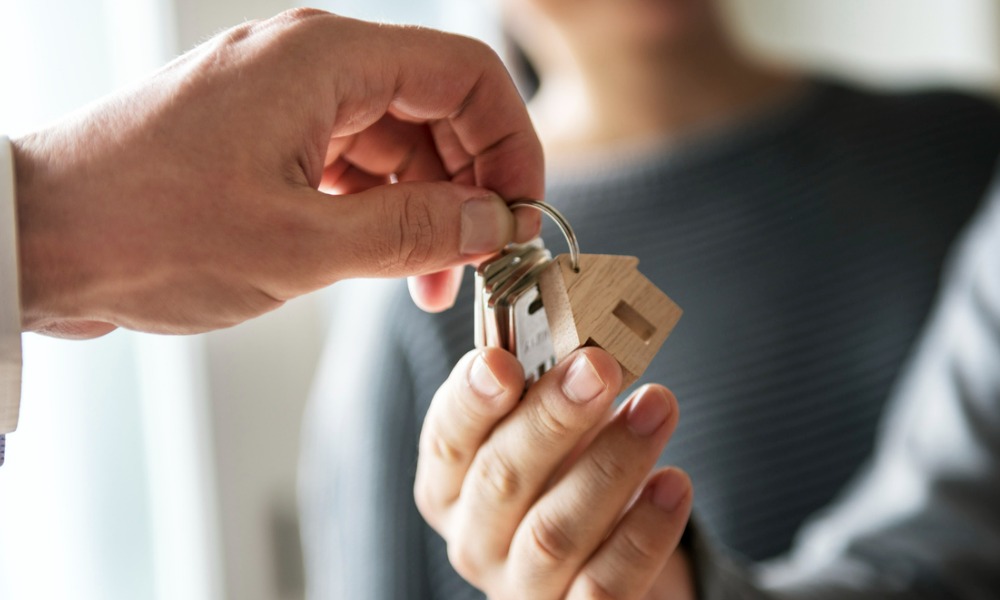Organisation has looked back at seven decades of UK housing

The average house cost was just £1,692 and the average salary was £333 when the coronation of Queen Elizabeth II took place on June 2, 1953. Today, less than 70 days until the coronation of her successor, King Charles III on May 6, houses are at their most unaffordable level for around 150 years.
Leeds Building Society has looked at the housing market over the past 70 years and has highlighted the major events and policies which have contributed to the current housing crisis the UK now faces.
According to the mutual, the average house price now stands at £294,329 and the average salary is £31,928. This makes today’s houses the least affordable in the past 150 years.
At 5.9 times, first-time buyers currently have a higher average house price to earnings ratio than ever before, and this particularly impacts young people and their ability to get a foothold on the housing ladder, with rates of homeownership among 25- to 34-year-olds having fallen over the last 30 years.
Leeds reported that the greatest increases in house prices were felt during the 1980s at 262%, and over the last two decades at 341%. Over the last 70 years, the year which saw the greatest house price growth was in 1973, with an annual house price growth rate of 36%.
In 1953, owner occupation levels were 31% and rose gradually before peaking in England in 2003 at 70.9%. They then fell steadily until the start of 2017 when the trend started to reverse. This reversal has now paused - with homeownership standing at 64%.
The 1980s saw the biggest increase in owner occupation levels as a direct result of Margaret Thatcher’s Right to Buy legislation. As a result of this legislation, almost two million extra people became owner occupiers.
The building society noted that over the next 15 years, it is estimated that the UK will require five million new homes – an average of 340,000 a year. This is greater than the government’s 300,000 target that has not been achieved since 1971. The average number of homes delivered each year over the last decade has been less than half of this figure.
The UK population has also grown 20% to more than 67 million since 1971, and this has consequently created a greater demand for properties. Despite the increase in demand for homes, the number of houses built has declined decade upon decade, reducing by 69% since the 1960s.
With demand outstripping supply, coupled with the availability of mortgage credit, it has caused house prices to rise, particularly since the mid-1990s, and the average UK house price has risen fivefold since 1995.
Leeds added that since 2020, interest rates have been more volatile as the world tried to cope firstly with the COVID-19 pandemic, and then with the impact of the war in Ukraine. More recently, the rapid interest rate rises following last September’s mini budget have been a hammer blow to millions of borrowers. The fall-out was immediate as money markets reacted negatively and interest rates rocketed causing some lenders to pull out of the market altogether.
“As we look forward to the coronation of King Charles III, we can see that the dream of owning your own home remains as strong now as it did when Queen Elizabeth II came to the throne in 1953,” Andrew Cook, senior economist at Leeds Building Society, commented. “Over the last 70 years, the housing market has been through many ups and downs and although housing is currently at its most unaffordable levels for around 150 years, the market is still underpinned by strong fundamentals.
“But the longer-term aim for the government should be to address the drastic shortage in housing. The issues facing homeownership are deep-rooted and wide-ranging but building enough homes to meet demand is the right place to start.”
Cook said achieving these targets would be difficult, and it will take all parts of the market to deliver this level of housebuilding, from private developers to housing associations and local government.
“It is now the hardest time to afford a home since our founding year in 1875, a sad reflection of decades of inaction to tackle the UK’s housing crisis,” he remarked.
“Fixing the homeownership crisis is challenging and often controversial, but with enough political will, a decades-old problem can surely be overcome and would start to deliver on the homeownership aspirations of millions of people.”
Any thoughts on this housing market report from the Leeds Building Society? Let us know by leaving a comment in the discussion box at the bottom of the page.



